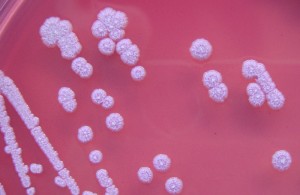BMSc, MBBS
Intern, Princess Alexandra Hospital
Dr. Michael McLaughlin
MBBS
Intern, Cairns Base Hospital
Michael is a recent graduate with an interest in global, developmental and public health. He is currently completing his Masters in Public Health and Tropical Medicine.

